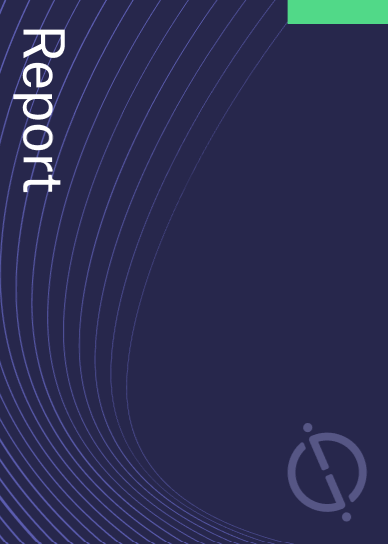Lennox International. has filed a patent for a heating, ventilation, and air conditioning (HVAC) control device that can record and compare actual and predicted occupancy statuses. The device can identify conflicting occupancy statuses and update the predicted occupancy schedule with historical occupancy statuses. It can also control an HVAC system based on the predicted occupancy schedule. GlobalData’s report on Lennox International gives a 360-degree view of the company including its patenting strategy. Buy the report here.
According to GlobalData’s company profile on Lennox International, was a key innovation area identified from patents. Lennox International's grant share as of September 2023 was 64%. Grant share is based on the ratio of number of grants to total number of patents.
Hvac control device with occupancy status prediction and adjustment
A recently filed patent (Publication Number: US20230304685A1) describes a heating, ventilation, and air conditioning (HVAC) control device that utilizes occupancy data to optimize HVAC system performance. The device includes a memory to store a predicted occupancy schedule and an occupancy history log, and a processor to analyze and update the occupancy statuses.
The device records actual occupancy statuses and compares them to the predicted occupancy statuses. It identifies conflicting occupancy statuses, which indicate a difference between the actual and predicted occupancy statuses. The device then identifies the timestamps and historical occupancy statuses corresponding to the conflicting statuses. It updates the predicted occupancy schedule with the historical occupancy statuses, effectively correcting any errors in the predictions.
The device also determines the number of conflicting occupancy statuses and compares it to a predetermined threshold value. If the number exceeds the threshold, the device does not update the conflicting statuses in the predicted occupancy schedule. This ensures that only a certain number of conflicting statuses are considered before making adjustments to the schedule.
Additionally, the device can generate a heat map that overlays the conflicting occupancy statuses on the predicted occupancy schedule. This visual representation helps users identify areas of inconsistency and make informed decisions regarding HVAC control.
The patent also describes the device's ability to incorporate weather information into its occupancy predictions. It obtains forecasted and historical weather information for a specific location and compares the temperature differences. If the temperature difference falls within a predefined range for a majority of the days, the device records the actual occupancy statuses.
Furthermore, the device can utilize machine learning to improve its occupancy predictions. It determines weights for a machine learning model based on the updated predicted occupancy schedule, with each weight associated with a day of the week and a time of day. The generated machine learning model outputs a probability based on input that identifies a specific day and time.
Overall, this patent presents a comprehensive HVAC control device that leverages occupancy data, historical information, and machine learning to optimize system performance and energy efficiency. By accurately predicting occupancy and adjusting set-points accordingly, the device aims to enhance comfort and reduce energy consumption in various spaces.
To know more about GlobalData’s detailed insights on Lennox International, buy the report here.
Data Insights
From

The gold standard of business intelligence.
Blending expert knowledge with cutting-edge technology, GlobalData’s unrivalled proprietary data will enable you to decode what’s happening in your market. You can make better informed decisions and gain a future-proof advantage over your competitors.



